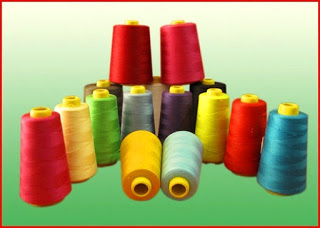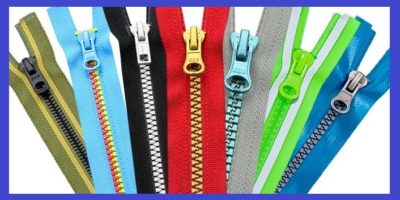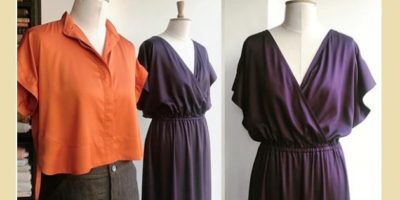Some factors need to consider before doing sewing thread consumption. It is observed that some garments require more thread, but some garments require few. What is the reason behind it? The process which is used to count necessary sewing thread to produce a particular garment is called sewing thread consumption. Usually, it is calculated in length. It would be better if we know require thread before step into bulk production. Now we are going to explain some significant factors which are badly related with thread consumption.
Now let’s discuss these factors broadly:
1. Thickness of fabrics:
Fabric thickness is one of the factors during sewing thread consumption. Thus, less thick fabric requires few threads, but thicker fabric requires more thread.
2. Stitch density:
We need to count stitch density while making sewing thread consumption. The amount of sewing thread may vary according to the density of stitch. More density of stitch requires more thread than lower stitch density in the garments.
3. Garment size:
Size of the garment has a great impact on thread consumption. If size of garment is high, then needs more thread to sew the garments. So, it is related to the amount of sewing thread.
4. Plies of fabrics to be sewn:
Number of plies to be sewn is proportional to the amount of sewing thread. So, we need to consider it during consumption making otherwise, we will face shortage problem in bulk production.
5. Stitch type:
It should be kept in mind that the amount of sewing thread depends on the nature of stitch. Usually, chain stitch requires more thread than lock stitch.
6. Quality of thread:
If the quality of sewing thread is low then it requires more thread during sewing operation because of tearing. So we should procure better quality sewing thread to get better performance. It’s a very important factor to reduce the wastage of sewing thread during sewing process.
7. Width of seam:
Higher width of seam requires more thread to sew the garments.
8. Design of the apparel:
Garments design also creates some impact on thread consumption.
Critical design requires more thread than less decorated garments.
9. Skilled operator:
Sewing operator skill plays a vital role to minimize sewing thread wastage during sewing. Expert sewing operator requires less amount of thread than the unskilled operator.
10. Automatic thread trimmer of the machine:
Automatic thread trimmer has a significant role in cutting extra thread during sewing process. So, it is a unique point which must be considered during sewing thread consumption.
11. Quality of Sewing machine:
Good quality sewing machine will provide you better performance. It will reduce wastage and tearing that will increase operator’s efficiency.
You may like: How to prepare thread consumption for a ready-made garment





Leave a Reply
You must be logged in to post a comment.